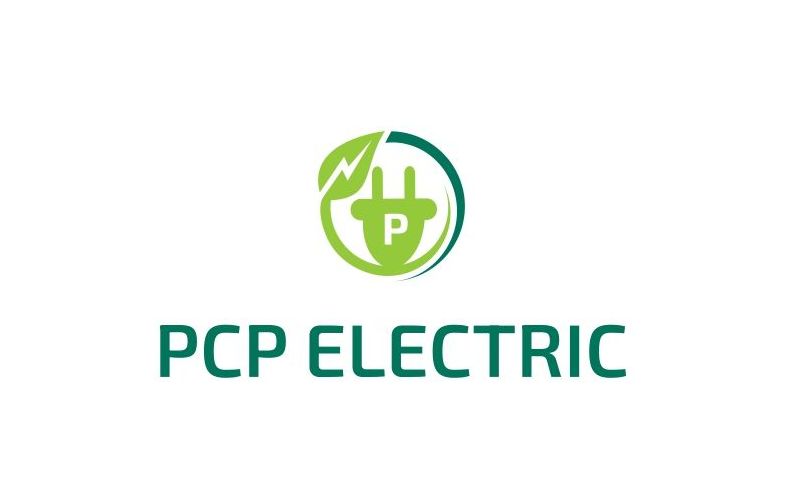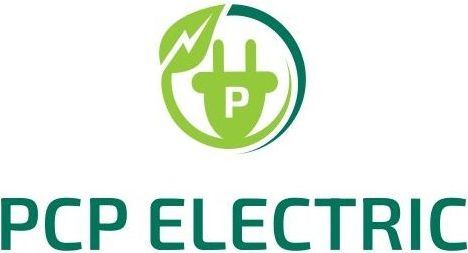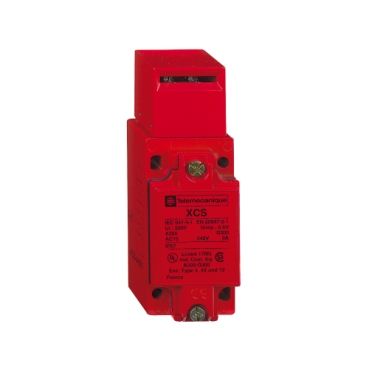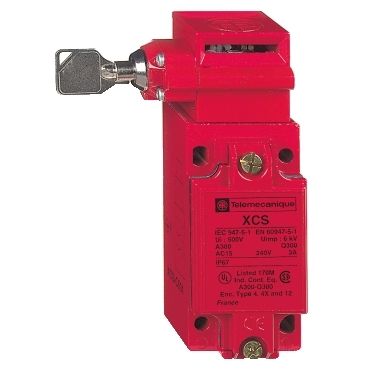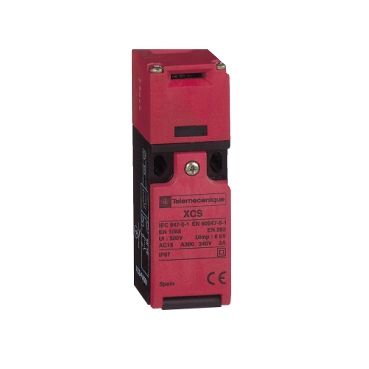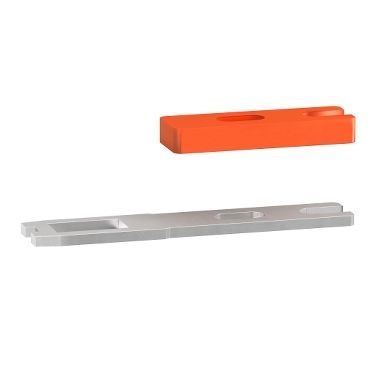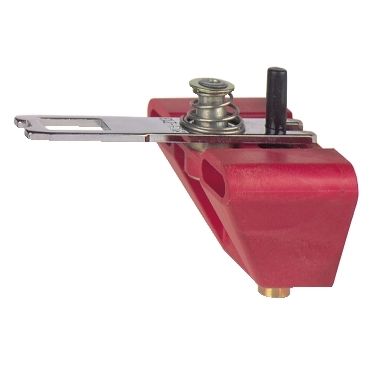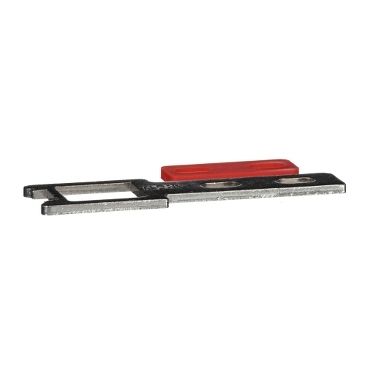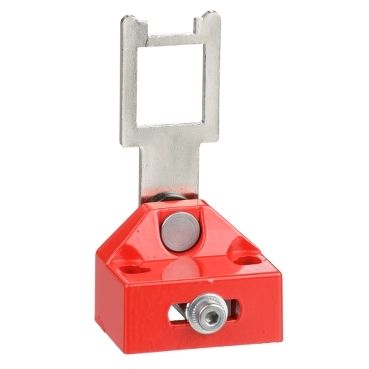Safety Interlock Switches
Preventa XCS Safety Interlock Switches: Controlling Safe Opening and Interlocking of Guards and Covers
The Preventa XCS line of Safety Interlock Switches is an essential solution for ensuring the safe operation of machinery that requires secure access control. These switches are designed to manage the safe opening and interlocking of guards and covers, making them ideal for applications where machines must be kept inaccessible while running but accessible when idle.
Key Features and Benefits
1. Comprehensive Range
- Diverse Options: The XCS line offers a wide variety of safety interlock switches, including different actuation methods (key-operated, hinge-operated, non-contact, etc.), catering to various industrial applications.
- Tailored Solutions: This diversity allows for tailored solutions that can meet specific safety requirements of different machinery and operational environments.
2. High Reliability and Safety Standards
- Certified Safety Compliance: The Preventa XCS switches meet international safety standards such as ISO 13849-1 and IEC 62061, ensuring the highest levels of safety and reliability.
- Durable Design: Designed to withstand harsh industrial environments, these switches offer long-lasting performance and reliability.
3. Flexible Integration
- Easy Installation: The switches are designed for easy installation and integration into existing control systems, minimizing downtime during setup.
- Compatibility: Compatible with a wide range of control systems and safety devices, ensuring seamless integration and operation.
4. Enhanced Safety and Accessibility
- Prevent Unauthorized Access: Ensures that guards and covers cannot be opened while the machine is in operation, preventing accidents and unauthorized access.
- Controlled Access: Allows for controlled access when the machine is idle, enabling safe maintenance and operation procedures.
Applications of Preventa XCS Safety Interlock Switches
1. Machine Guarding
- Guard Doors: Ensures that guard doors remain closed while machinery is in operation and only allows access when it is safe.
- Protective Covers: Manages the safe interlocking of protective covers to prevent exposure to hazardous machine parts.
2. Conveyor Systems
- Access Control: Controls access to conveyor systems, ensuring they cannot be accessed while moving.
- Section Isolation: Allows for safe isolation of sections of conveyor systems for maintenance or clearing blockages.
3. Robotic Cells
- Restricted Access: Prevents access to robotic cells during operation, reducing the risk of injury.
- Maintenance Safety: Provides safe access for maintenance tasks when the robot is not in operation.
4. Packaging and Processing Equipment
- Safe Operation: Ensures that packaging and processing equipment cannot be accessed during operation, protecting operators from moving parts.
- Ease of Maintenance: Facilitates safe access for maintenance and cleaning operations.
Advantages of Preventa XCS Safety Interlock Switches
- Versatility: Suitable for a wide range of industrial applications due to the extensive variety of switches available.
- Safety Assurance: Provides high levels of safety, preventing accidents and ensuring compliance with safety regulations.
- Operational Efficiency: Enhances operational efficiency by allowing safe access for maintenance without compromising safety during operation.
- User-Friendly: Designed for ease of use, ensuring that operators can quickly and safely access machinery when necessary.
Conclusion
The Preventa XCS line of Safety Interlock Switches stands out as the ideal solution for controlling the safe opening and interlocking of guards and covers. With its comprehensive range, high reliability, flexible integration, and enhanced safety features, it is well-suited for various industrial applications. By implementing these switches, industries can ensure the highest levels of safety and operational efficiency, making them a crucial component in modern industrial automation and safety systems.
